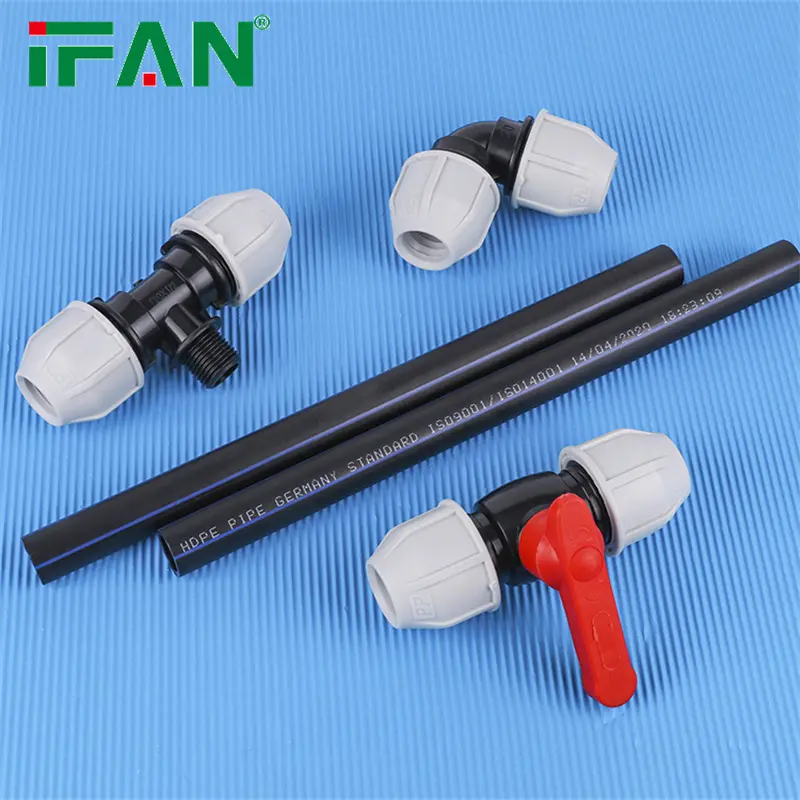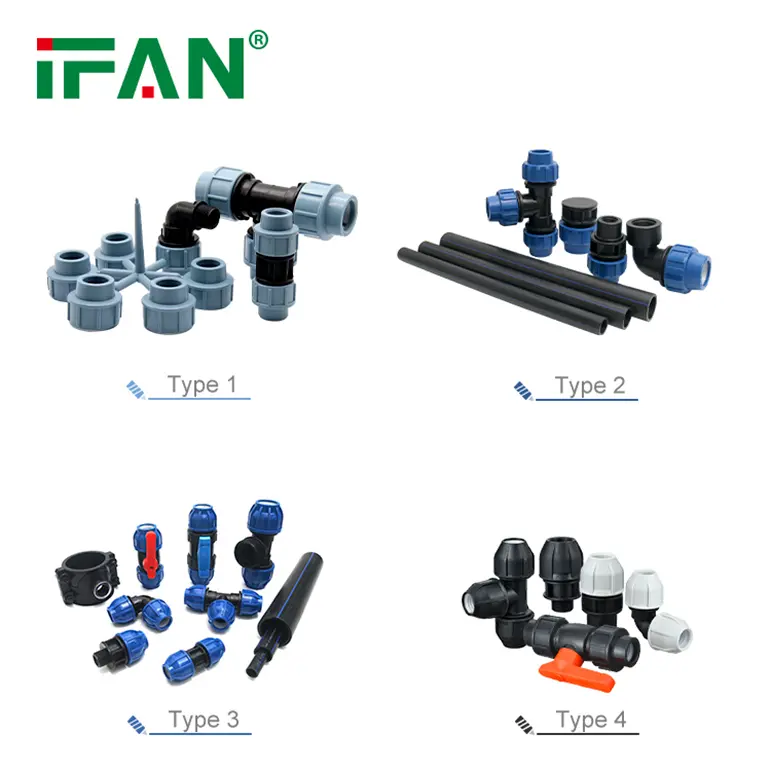HDPE (High-Density Polyethylene) pipe fitting play a crucial role in modern piping systems. They offer versatility and durability in various applications. This article will explore the common methods used to join HDPE pipe fittings.
Overview of HDPE Pipe Fitting
HDPE fittings are known for their resistance to corrosion, chemicals, and impacts. They work well in demanding environments, including water supply and industrial applications. Understanding how to join these fittings correctly ensures a reliable and efficient system.
Fusion Joining Method
Fusion joining is the most common method for connecting HDPE pipe fittings. This process involves heating the pipe and fitting ends to a molten state, then pressing them together to form a solid bond.
Butt Fusion is a type of fusion joining used for HDPE pipes. It involves heating the ends of the pipes and fitting with a specialized machine. After heating, the ends are pressed together, creating a strong, leak-proof joint.
Electrofusion is another fusion method. It uses an electrically heated coil embedded in the fitting. When current passes through, it melts the fitting and pipe surfaces, forming a bond. Electrofusion is suitable for both pipes and fittings.
Mechanical Joining Method
Mechanical joining involves using fittings that do not require heat. Instead, these fittings use mechanical components to connect pipes.
Compression Fittings use a compression ring or gland to secure the pipe in place. Tightening a nut compresses the ring, creating a seal around the pipe.
Flange Fittings connect pipes with flanges bolted together. This method is often used in large diameter pipes. Flanges ensure a secure and removable connection.
Slip-On and Socket Fusion
Slip-on fittings are another method for joining HDPE pipes. These fittings slide over the pipe ends and create a seal with the help of adhesive or sealant.
Socket Fusion involves heating the fitting’s socket and the pipe end simultaneously. After heating, the pipe end is inserted into the fitting’s socket, forming a joint as it cools.
Advantages of Fusion Joining
Fusion joining offers several benefits for HDPE pipe systems.
Strength and Durability are key advantages. Fusion creates a homogenous bond that is as strong as the pipe itself.
Leak-Proof Connections are another benefit. Fusion joining eliminates potential leak points common with other methods.
Flexibility allows for joining pipes in various configurations and sizes, adapting to complex installations.
Applications of Mechanical Joining
Mechanical joining methods are useful in specific situations.
Temporary Connections benefit from mechanical joining. They allow easy disassembly and reassembly when needed.
Maintenance and Repair often use mechanical joints. They provide an accessible way to replace or repair sections of the piping system.
Compatibility with different materials can be achieved with mechanical fittings. They often connect HDPE pipes to other types of piping.
If you have read this article and have any questions, please feel free to contact IFAN. Below is our contact information:
Whatsapp:+86 13373827623
Email:[email protected]
























































